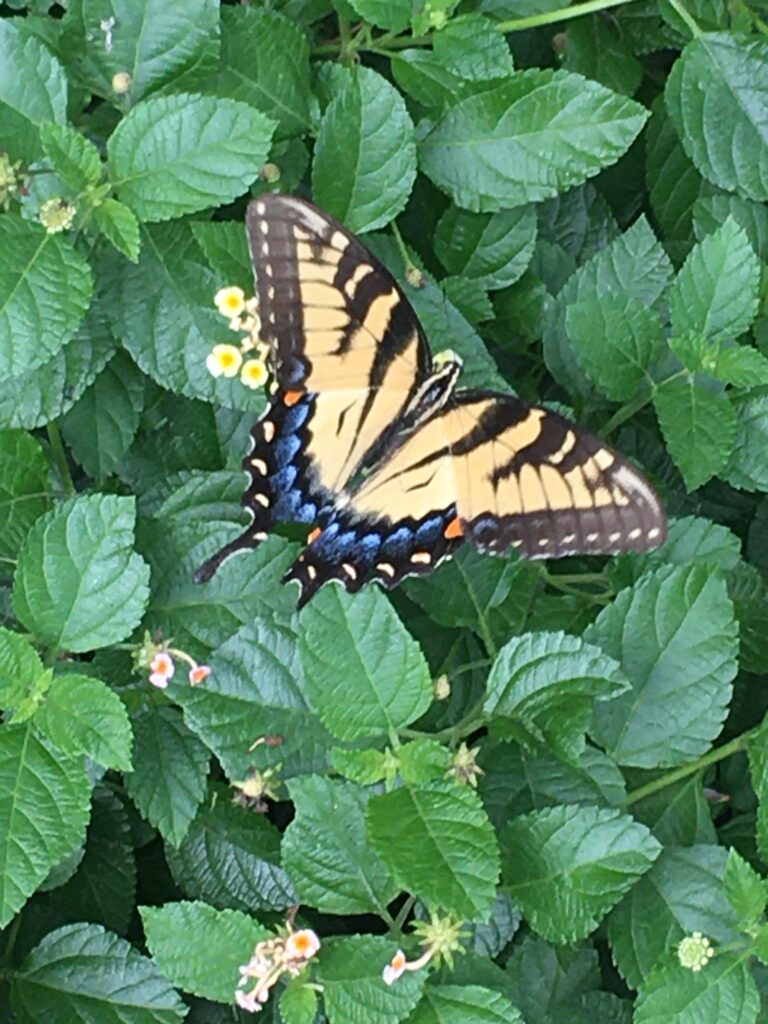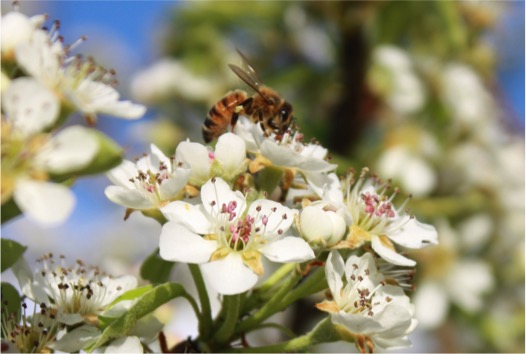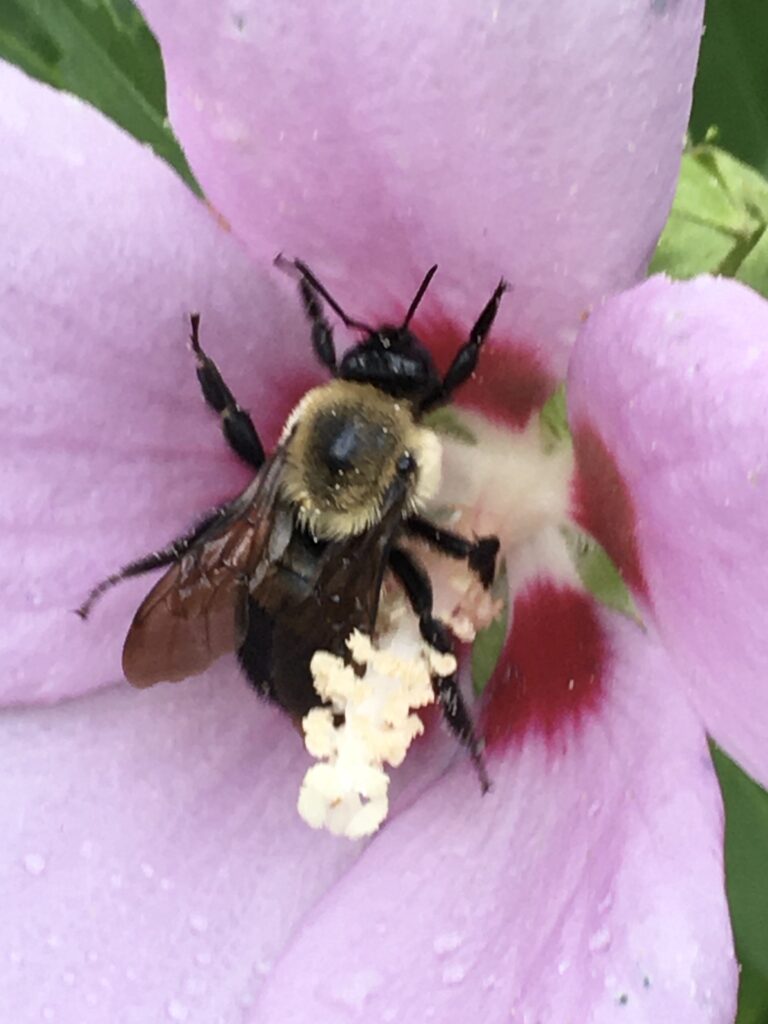Watch following video about pollination by Bumblebees and Honeybees
Importance of Pollination
Pollination, or cross-pollination, involves the transfer of pollen from the male part of a flower (the anther) to the female part (the stigma) of the same or another flower of the same species. Consequently, this essential process enables the sexual reproduction of flowering plants, leading to the production of seeds and fruits.
While wind, water, and birds can carry out pollination, insect pollinators like honeybees, bumblebees, and butterflies, play a crucial role. In fact, over 75% of the world’s food crops, including fruits, vegetables, and field crops, rely on pollination to some extent.
Moreover, insect pollination services contribute billions of dollars annually, supporting agriculture, horticulture, and food productions. Therefore, without these natural workers, the global food supply would face significant challenges, ultimately disrupting the balance of natural habitats.
Importance of honeybees in pollination
Honeybees (Apis mellifera) (Photo 1) play a vital role as pollinators in both wild ecosystems and agricultural productions. Renowned for their efficiency, honeybees pollinate a wide variety of crops, visiting thousands of flowers daily and transferring pollen while collecting nectar to produce honey.
Their activity supports the reproduction of countless plant species and boosts the yields and quality of fruits, vegetables, and nuts. Crops such as pears, peaches, apples, almonds, blueberries, and cucumbers heavily depend on honeybee pollination, underscoring their critical role in food supply chains.
Photo 1. A bumblebee is engaged in the pollination of Pear Flowers
Importance of bumblebees in pollination
Bumblebees (Bombus spp.) (Photo 2), though less celebrated than honeybees, serve as equally important pollinators with unique advantages, as their larger bodies carry more pollen. They perform ‘buzz pollination,’ vibrating flowers vigorously to release pollen, which makes them especially effective for pollination of crops like tomatoes, peppers, and cranberries.
Bumblebees also thrive in colder and wetter climates, extending their pollination services to regions where honeybees are less active. Diverse foraging behavior and resilience make bumblebees indispensable for maintaining biodiversity and supporting various plant growth.
Photo 2. A bumblebee is engaged in the pollination of Roses of Sharon flowers

Photo 3. A butterfly is engaged in the pollination of Lantana flowers.
Ecological and economic values of pollination
Honeybees, bumblebees, and butterflies (Photo 3) provide immense ecological and economic benefits. Beyond food production, they sustain healthy ecosystems by promoting plant diversity and productivity, and supporting other wildlife species dependent on flowering plants.
Economically, bee pollination services contribute billions of dollars annually to agriculture. However, honeybees and bumblebees face significant threats from habitat loss, pesticides, disease, and climate change.
To preserve their invaluable contributions to nature and human well-being, it is essential to ensure the survival of bees through conservation efforts, sustainable farming practices, and public awareness.


